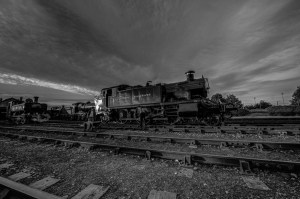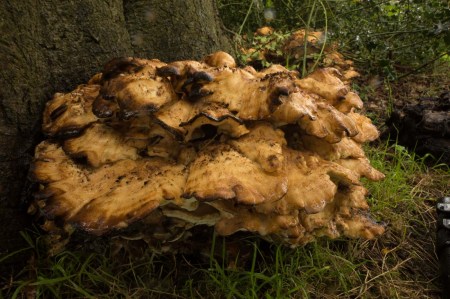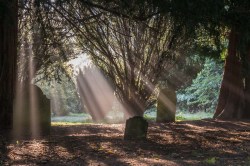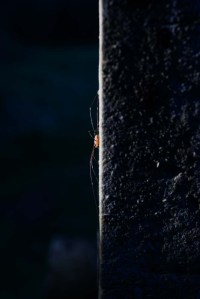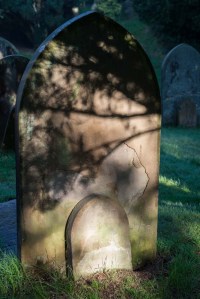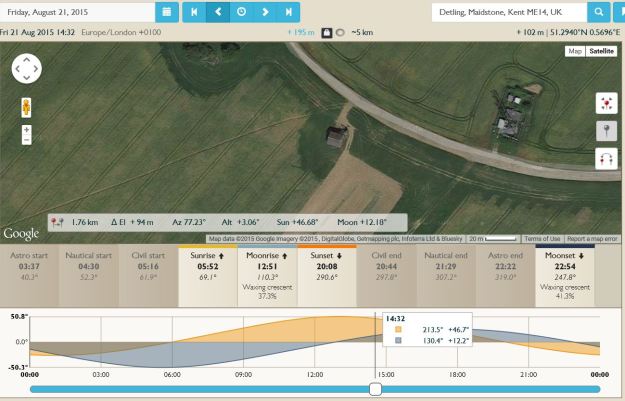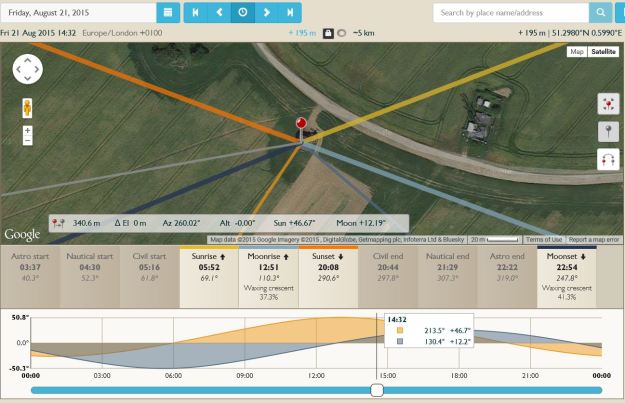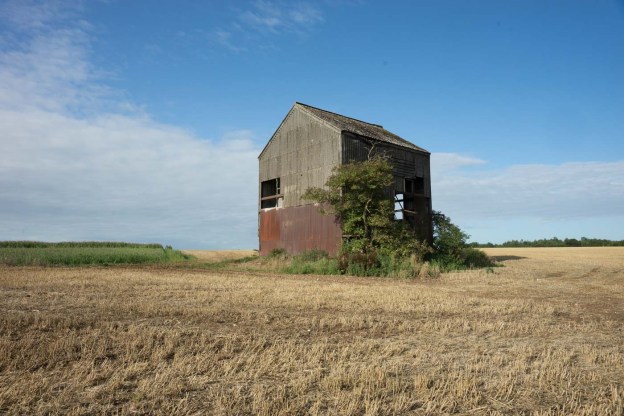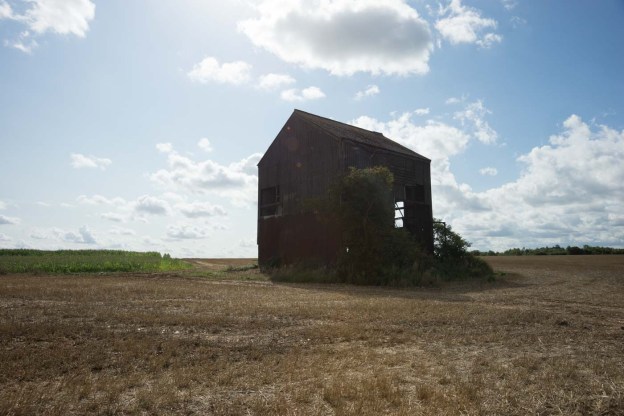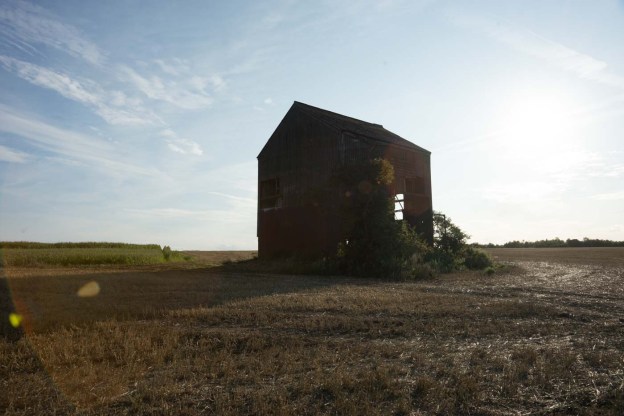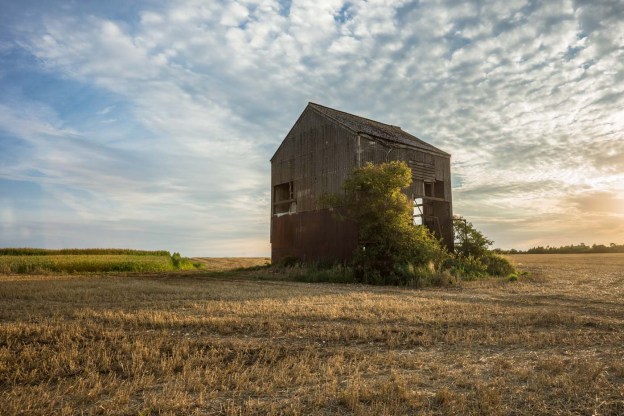For the sunlight/cloud comparison I used a view from a church across to the Hadlow tower folly -a local landmark. Both were shot using the white balance setting.
Direct sunlight:-
Cloud cover:-
In the tower shots there is an identifiable bluer cast to the cloud cover. What is interesting in the second couple of shots is that there is not the degree of difference in exposure that I would have expected, only about a third of a stop.
You are asked as part of the exercise to identify some previous photographs taken on a cloudy day that would not have been enhanced by being taken in direct sunlight. I think these four all would be less dramatic images without the clouds filling what would otherwise be a blank space:-
For the specific subject on a cloudy overcast day I chose a fungus (not sure of its name) growing the small wooded area down the road. I thought it filled the brief of having pronounced relief and the colour is fairly strong. For these two overhead shots I used Daylight and shade settings to see how they compared The daylight setting actually washes out some of the colour of the fungus whereas the shade setting gives, as one would hope, a better colour rendition.

Daylight white balance setting. F5.6 at 1/40 sec ISO200 note the slightly muted colour of the fungus
The exercise also asks for some rain shots:-
Truth be told I rarely go out in the rain – not because of lack of photo opportunities but concerns about my gear. I like the difference that raindrops can apply to images – brightening them up with their individual catch lights.
I find fog and mist atmospheric and early morning mist is always worth getting up early for:-





